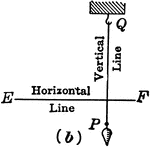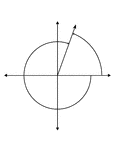
70° and -290° Coterminal Angles
Illustration showing coterminal angles of 70° and -290°. Coterminal angles are angles drawn…
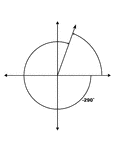
70° and -290° Coterminal Angles
Illustration showing coterminal angles of 70° and -290°. Coterminal angles are angles drawn…
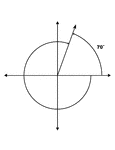
70° and -290° Coterminal Angles
Illustration showing coterminal angles of 70° and -290°. Coterminal angles are angles drawn…
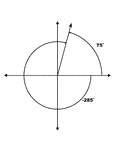
75° and -285° Coterminal Angles
Illustration showing coterminal angles of 75° and -285°. Coterminal angles are angles drawn…
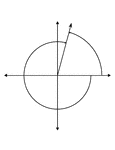
75° and -285° Coterminal Angles
Illustration showing coterminal angles of 75° and -285°. Coterminal angles are angles drawn…
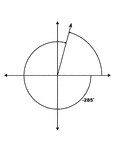
75° and -285° Coterminal Angles
Illustration showing coterminal angles of 75° and -285°. Coterminal angles are angles drawn…

75° and -285° Coterminal Angles
Illustration showing coterminal angles of 75° and -285°. Coterminal angles are angles drawn…
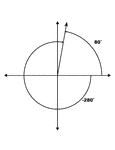
80° and -280° Coterminal Angles
Illustration showing coterminal angles of 80° and -280°. Coterminal angles are angles drawn…

80° and -280° Coterminal Angles
Illustration showing coterminal angles of 80° and -280°. Coterminal angles are angles drawn…
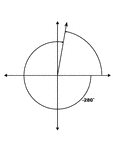
80° and -280° Coterminal Angles
Illustration showing coterminal angles of 80° and -280°. Coterminal angles are angles drawn…
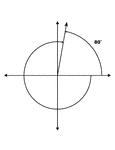
80° and -280° Coterminal Angles
Illustration showing coterminal angles of 80° and -280°. Coterminal angles are angles drawn…

85° and -275° Coterminal Angles
Illustration showing coterminal angles of 85° and -275°. Coterminal angles are angles drawn…

85° and -275° Coterminal Angles
Illustration showing coterminal angles of 85° and -275°. Coterminal angles are angles drawn…
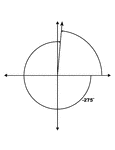
85° and -275° Coterminal Angles
Illustration showing coterminal angles of 85° and -275°. Coterminal angles are angles drawn…

85° and -275° Coterminal Angles
Illustration showing coterminal angles of 85° and -275°. Coterminal angles are angles drawn…
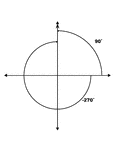
90° and -270° Coterminal Angles
Illustration showing coterminal angles of 90° and -270°. Coterminal angles are angles drawn…

90° and -270° Coterminal Angles
Illustration showing coterminal angles of 90° and -270°. Coterminal angles are angles drawn…
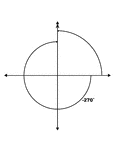
90° and -270° Coterminal Angles
Illustration showing coterminal angles of 90° and -270°. Coterminal angles are angles drawn…

90° and -270° Coterminal Angles
Illustration showing coterminal angles of 90° and -270°. Coterminal angles are angles drawn…
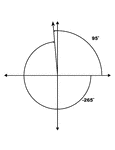
95° and -265° Coterminal Angles
Illustration showing coterminal angles of 95° and -265°. Coterminal angles are angles drawn…

95° and -265° Coterminal Angles
Illustration showing coterminal angles of 95° and -265°. Coterminal angles are angles drawn…
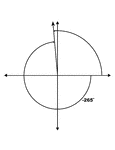
95° and -265° Coterminal Angles
Illustration showing coterminal angles of 95° and -265°. Coterminal angles are angles drawn…
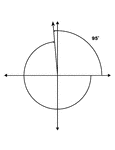
95° and -265° Coterminal Angles
Illustration showing coterminal angles of 95° and -265°. Coterminal angles are angles drawn…

Angle of Depression
Illustration showing an angle of depression from a horizontal line to a line of sight.

Aeroplane High Tail Normal Attitude Design
A design of the propeller airplane, or aeroplane, in flight with a higher tail to create an angle of…

Aeroplane High Tail Slow Landing Design
A propeller airplane, or aeroplane, design with a high tail. This design creates a larger angle of incidence…

Aeroplane Low Tail Design
Illustration of a propeller aeroplane, or airplane, with lower tail in flight.

Aeroplane Low Tail Fast Landing Design
The propeller airplane, or aeroplane, design in fast landing. This design requires a large landing area…
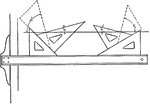
Drawing Lines using Triangle at Angles in Multiples of 15 degrees
The 45-degree triangle can be used to make a line at a multiple of 15 degrees.

Inclination of Earth's Axis
"A quadrant, or one fourth of a circle. The oblique lines indicate various angles with the base. The…

Angle of Elevation
Illustration showing an angle of elevation from a horizontal line to a line of sight.

Airplane Flying Above Land
A plane flying above land illustrating the use of ailerons to adjust the angle of incidence to adjust…

Airplane Flying Above Shore
An airplane flying above the show illustrating the aerodynamics of the plane with the tail wing at the…

Aeroplane Flying Over Plane
An illustration of the plane flying over land from point A to B by flying the plane with the direction…
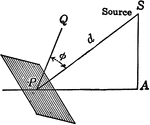
Illumination of a Surface When the Surface is not Perpendicular to the Source
Illustration modeling the illumination on a surface when the surface is not perpendicular to hte rays…

Isometric Holohedral Mirror
This image represents an isometric holohedral mirror positioned to produce a cube by reflection.

Ladder Leaning Against a Building
Illustration of a ladder leaning against the side of a building (wall) to form a right triangle .

Ladder Leaning Against a Tree
Illustration of a ladder leaning against a palm tree, that is perpendicular to the ground, to form a…
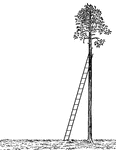
Ladder Leaning Against a Tree
Illustration of a ladder leaning against a palm tree, that is perpendicular to the ground, to form a…
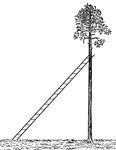
Ladder Leaning Against a Tree
Illustration of a ladder leaning against a palm tree, that is perpendicular to the ground, to form a…

Ladder Leaning Against a Tree
Illustration of a ladder leaning against a palm tree, that is perpendicular to the ground, to form a…

2 Ladders Leaning Against a Tree
Illustration of 2 ladders leaning against opposite sides of a palm tree to form similar right triangles.…

Perpendicular Line Drawn To a Given Line From an External Point
Illustration showing that the perpendicular is the shortest line that can be drawn to a straight line…

Intersecting Straight Lines
Illustration of two lines intersecting at a point. This can be used to show vertical angles.
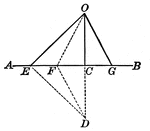
Lines Drawn From the Same Point in a Perpendicular to a Given line, Cutting Off Segments
Illustration showing two straight lines drawn from the same point in a perpendicular to a given line,…

Lines Drawn From the Point C to the Extremities of the Straight line AB
Illustration showing two lines CA and CB drawn from the point C to the extremities of the straight line…
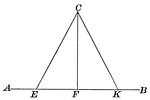
Lines Drawn to Another Line to Form Triangle
Illustration of two straight lines drawn from a point in a perpendicular to a given line, cutting off…
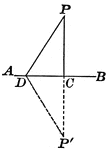
Perpendicular Line Drawn to a Given Line from an External Point
Illustration showing only one perpendicular can be drawn to a given line from a given external point.
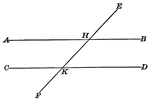
Parallel Lines Cut By A Transversal
Illustration showing that when two parallel lines are cut by a transversal, the exterior-interior angles…
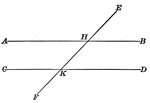
Parallel Lines Cut By A Transversal
Illustration showing that when two parallel lines are cut by a transversal, the two interior angles…

Construction Of Parallelogram
Illustration used to show how to draw a parallelogram when given the sides and one of the angles.

Parallelogram With Lines From opposite Vertices to Midpoints
Illustration to show that when lines from two opposite vertices of a parallelogram to the midpoints…

Regular Pentagon With Circle Inscribed
Illustration showing a circle inscribed in a regular pentagon. Or, a regular pentagon circumscribed…

Circle With 2 Perpendicular Diameters
Illustration of a circle with center O and diameters AB and CD perpendicular to each other.
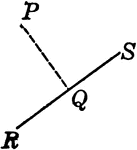
Perpendicular Line Drawn From Point P to Line RS
A perpendicular line drawn from point P to straight line RS.

Polarization of Light
"The effect of holding polarizing lenses at right angles to each other." -Avery 1895

Equal Prisms
Illustration showing two prisms are equal if the three faces which include a trihedral angle of the…

